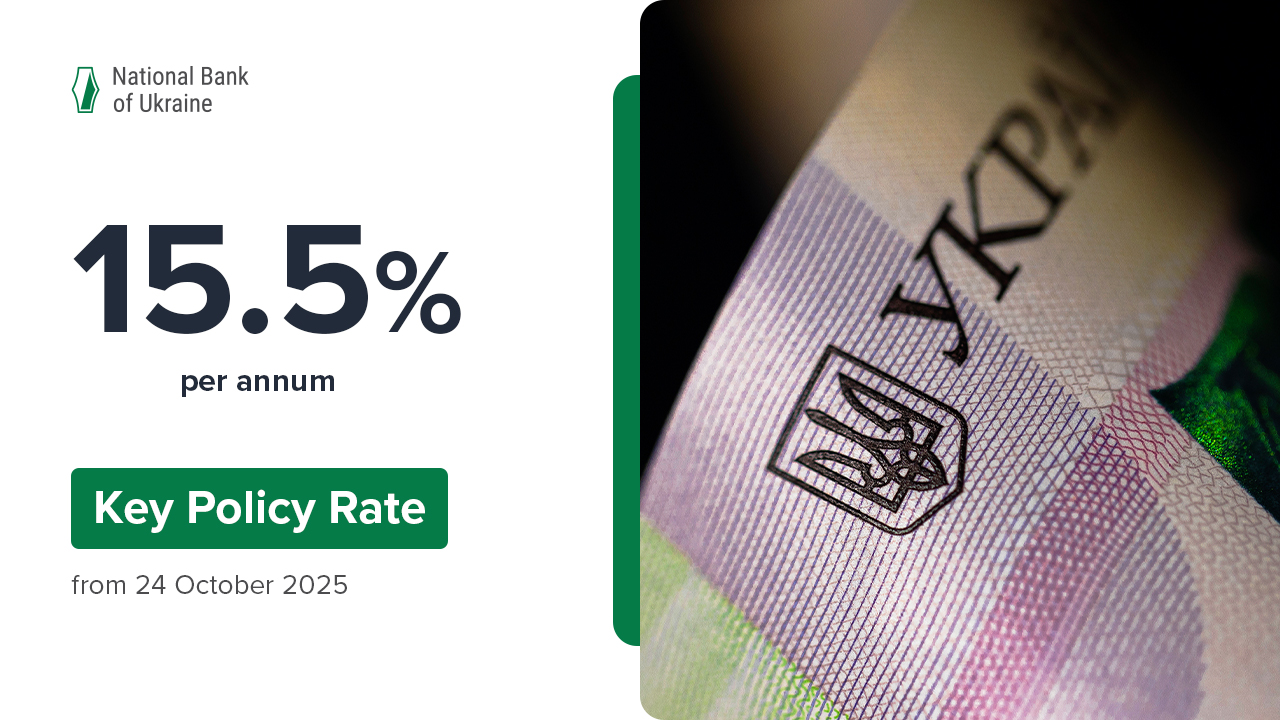The NBU continues to implement the risk-based approach to the conduct of bank inspections. The approach includes an update of the CAMELSО rating system, which involves extending the rating scores to Operational Risk component and bringing the rating criteria up to date.
Since the approval of the updated rating system, the NBU has inspected 50 banks.
CAMELSО provides banks and the regulator with a comprehensive understanding of the rating process, which includes the analysis of all of a bank’s lines of business and significant risks, with a special focus on corporate governance and risk management and internal control systems. Further, the NBU integrates the results of the CAMELSO rating system-based inspections into the SREP assessment.
“We’ve seen changes in how we communicate with banks. Transparency is increasing on our part and theirs, and either side is doing a better job substantiating their arguments. In particular, we’re introducing the practice of discussing inspection results with a bank prior to passing them on to the NBU Committee on Banking Supervision; banks may express their concerns to the Committee if necessary”, Denys Novykov, Director of the NBU Onsite Bank Inspection Department, said.
During an inspection, the regulator keeps up an ongoing dialogue with the inspected bank’s management and staff, according to Mr Novykov.
“The goal of the inspection is not to impose corrective measures, but rather to assist in resolving detected issues and provide recommendations on possible ways to resolve these issues and prevent them repeating themselves in the future,” he said.
“Moreover, the shift to risk-based planning means the focus will move from comprehensive inspections to thematic ones, dedicated to specific CAMELSО components/business lines such as corporate governance, risk management system, internal control system, and IT risks, as the role of IT is increasing every year,” he added.
In total, the NBU Onsite Bank Inspection Department conducted 18 scheduled and 12 ad-hoc inspections of banks in the nine months of 2018.
For reference
At its core, the CAMELSO rating system is intended to assess risks and allows for rating financial institutions based on the following key components:
Capital – Capital Adequacy (C) – assessment of a bank's capital adequacy in terms of its sufficiency to protect depositors’ interests and support its liquidity.
Asset Quality (A) – assessment of a bank’s ability to repay assets and its NPLs’ impact on its overall financial position.
Management and Corporate Governance – Management (M) – assessment of a bank’s corporate governance from the perspective of its corporate governance principles, operating performance, management methods, and controls.
Earnings (E) – assessment of whether a bank's income is sufficient to finance the bank’s development and growth.
Liquidity (L) – assessment of a bank’s ability to meet its obligations in full and on time.
Sensitivity to market risks – Sensitivity to Risk (S) – assessment of a bank’s response to changes in the market.
Operational Risk (О) – assessment of a bank’s ability to efficiently manage its operational and information risks to prevent/minimize financial losses due to the materialization of such risks.






